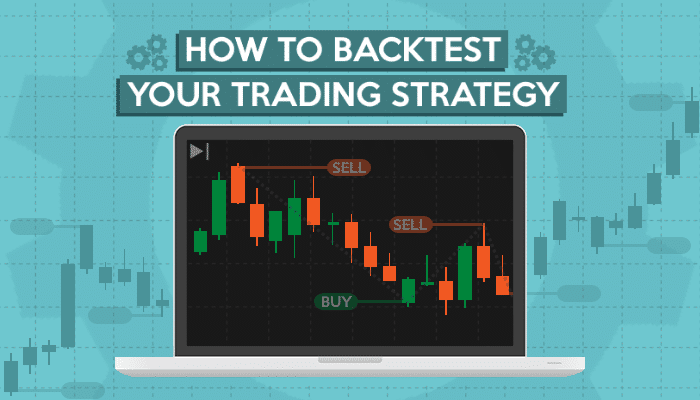- Forex trading, with its potential for high returns and market volatility, attracts traders from all walks of life. Yet, success in this arena isn't merely about luck; it's about strategy. Backtesting, the process of evaluating trading strategies using historical data, is a crucial step in the journey of every Forex trader. In this blog, we'll explore how to backtest your Forex trading strategies effectively and uncover key takeaways to enhance your trading prowess.
How to Backtest Your Forex Trading Strategies Effectively:
Define Your Strategy
- Before diving into backtesting, it's essential to have a clear understanding of your trading strategy. Define the entry and exit criteria, risk management rules, and any other relevant parameters. Whether you're a trend follower, a breakout trader, or a range-bound strategist, ensure that your strategy is well-defined and actionable.

Select Historical Data
- Choose a representative dataset for backtesting, spanning a significant period to capture various market conditions. Historical price data, preferably from a reliable source, should include relevant currency pairs and timeframes that align with your trading strategy. Consider factors such as volatility, liquidity, and economic events when selecting the timeframe for analysis.

Choose a Backtesting Platform
- Utilize specialized backtesting software or platforms to streamline the process and ensure accuracy. These platforms offer features such as customizable indicators, simulation tools, and performance metrics to assess the viability of your strategy. Popular options include MetaTrader, TradingView, and NinjaTrader, each offering unique functionalities tailored to different trading styles.

Execute the Backtest
- Implement your trading strategy on historical data using the chosen backtesting platform. Input the parameters, including entry and exit rules, position sizing, and risk management parameters. Monitor the performance of your strategy over the selected timeframe, taking note of key metrics such as profit and loss, win rate, drawdown, and risk-adjusted returns.

Analyze Results and Refine
- Evaluate the results of your backtest meticulously to identify strengths, weaknesses, and areas for improvement. Analyze performance metrics, equity curves, and trade statistics to gain insights into the effectiveness of your strategy. Adjust parameters, refine rules, or consider alternative approaches based on the findings of your backtest. Iterative refinement is key to developing a robust and profitable trading strategy.

Key Takeaways
- 1. Backtesting is Essential : Backtesting provides invaluable insights into the viability and performance of your trading strategy. By simulating trades using historical data, you can assess risk-adjusted returns, identify weaknesses, and optimize parameters to improve profitability.
- 2. Use Quality Data : Ensure that you use high-quality historical data from reputable sources to conduct accurate backtests. Reliable data is essential for making informed decisions and avoiding biases in your analysis.
- 3. Focus on Realism : Strive to replicate real-world trading conditions as closely as possible during backtesting. Consider factors such as slippage, spread, and transaction costs to ensure that your results are realistic and actionable.
- 4. Continuous Improvement : Forex markets are dynamic and ever-changing, requiring traders to adapt and evolve their strategies over time. Continuously monitor market conditions, evaluate performance, and refine your trading approach to stay ahead of the curve.




